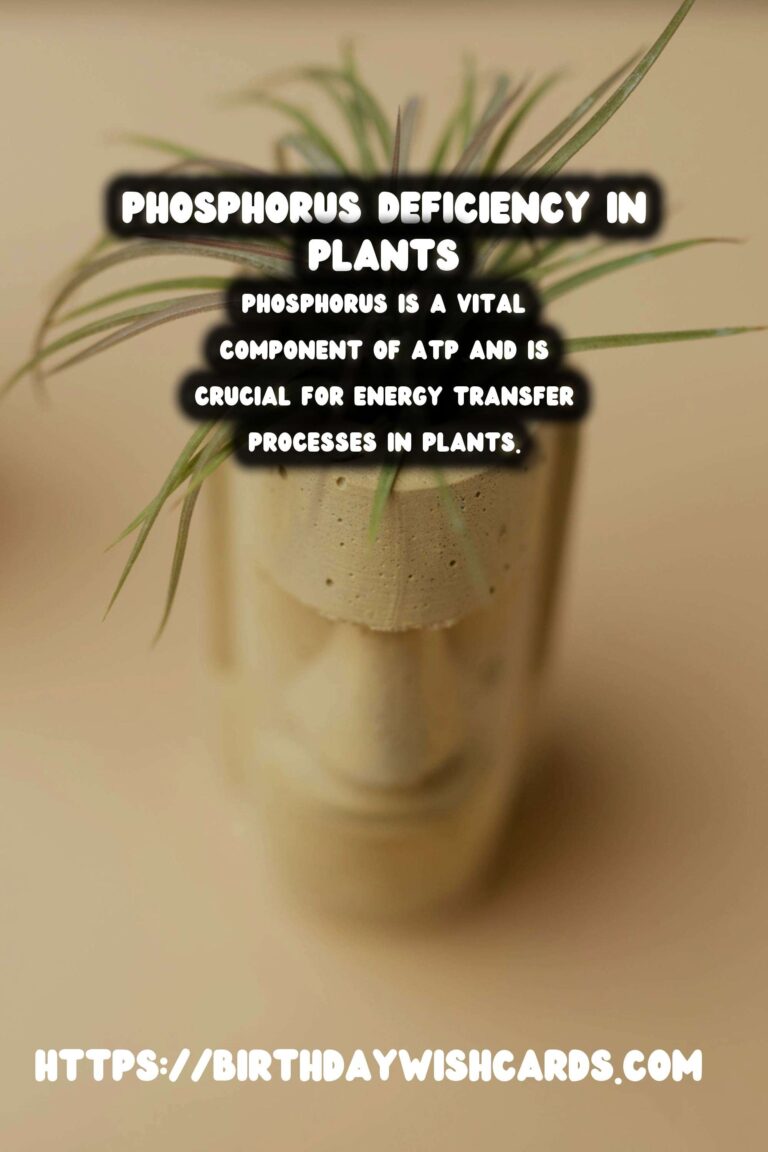
Phosphorus is one of the essential nutrients that plants require for growth and development. It plays a critical role in a plant’s metabolism, particularly in energy transfer, photosynthesis, and nutrient movement within the plant. Despite its importance, phosphorus deficiency is a common problem that can significantly impact plant health and yield. In this article, we will delve into the causes, symptoms, and solutions for phosphorus deficiency in plants.
The Role of Phosphorus in Plants
Phosphorus is a vital component of ATP, the energy unit of plants, and is crucial for energy transfer processes. It is also involved in photosynthesis, acting as a part of the complex that converts light energy into chemical energy. Additionally, phosphorus is essential for the formation of nucleic acids, which are necessary for protein synthesis and cell division.
In the soil, phosphorus exists in both organic and inorganic forms. Plants primarily absorb phosphorus as phosphate ions. However, phosphorus is often present in forms that are not readily available for plant uptake, which can lead to deficiency.
Causes of Phosphorus Deficiency
Several factors can contribute to phosphorus deficiency in plants. One of the primary reasons is low phosphorus concentration in the soil. This can occur naturally in soils that are inherently low in phosphorus or in soils that have been heavily leached by rainfall.
Soil pH also plays a significant role. Phosphorus availability decreases in very acidic or very alkaline soils. In acidic soils, phosphorus can bind with iron and aluminum, while in alkaline soils, it can bind with calcium, making it unavailable to plants.
Another cause of phosphorus deficiency is poor root development. Compacted soils or damaged roots can inhibit the plant’s ability to access phosphorus in the soil. Additionally, cold soil temperatures can slow down root activity and phosphorus uptake.
Symptoms of Phosphorus Deficiency
Phosphorus deficiency manifests in several ways. One of the earliest signs is a darkening of the plant’s leaves, which may take on a purplish hue due to the accumulation of anthocyanins. This is often accompanied by stunted growth, as phosphorus is critical for cell division and elongation.
In some plants, older leaves may show symptoms first because phosphorus is a mobile element and can be translocated to newer growth. Other signs include delayed maturity and reduced flowering and fruiting, as phosphorus is crucial for reproductive development.
Solutions for Phosphorus Deficiency
Addressing phosphorus deficiency involves improving soil phosphorus availability and ensuring adequate plant uptake. Soil testing is an essential first step to determine phosphorus levels and guide amendment applications.
Incorporating phosphorus-rich fertilizers, such as bone meal or rock phosphate, can help increase soil phosphorus levels. Organic matter, like compost, can also improve phosphorus availability by enhancing soil structure and microbial activity.
Adjusting soil pH to the optimal range (generally between 6.0 and 7.0 for most plants) can also improve phosphorus availability. Lime can be used to raise the pH of acidic soils, while sulfur can be used to lower the pH of alkaline soils.
Conclusion
Phosphorus deficiency is a common issue that can severely impact plant health and productivity. Understanding the role of phosphorus in plant nutrition and recognizing the symptoms of deficiency are crucial for effective management. By implementing soil testing, appropriate fertilization, and pH management, gardeners and farmers can ensure their plants receive the phosphorus they need for robust growth and development.
Phosphorus is a vital component of ATP and is crucial for energy transfer processes in plants. Phosphorus deficiency is a common problem that can significantly impact plant health and yield. One of the earliest signs of phosphorus deficiency is a darkening of the plant’s leaves, often with a purplish hue. Addressing phosphorus deficiency involves improving soil phosphorus availability and ensuring adequate plant uptake. Soil testing, appropriate fertilization, and pH management can help manage phosphorus deficiency effectively. 
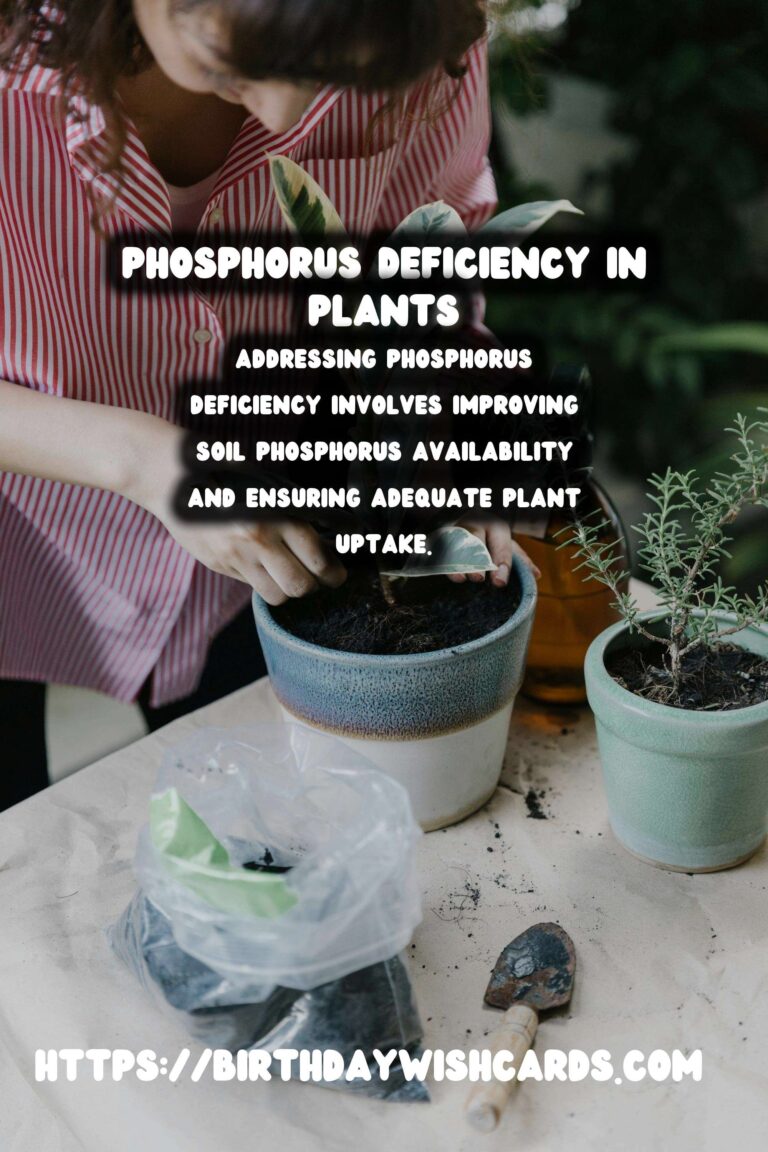
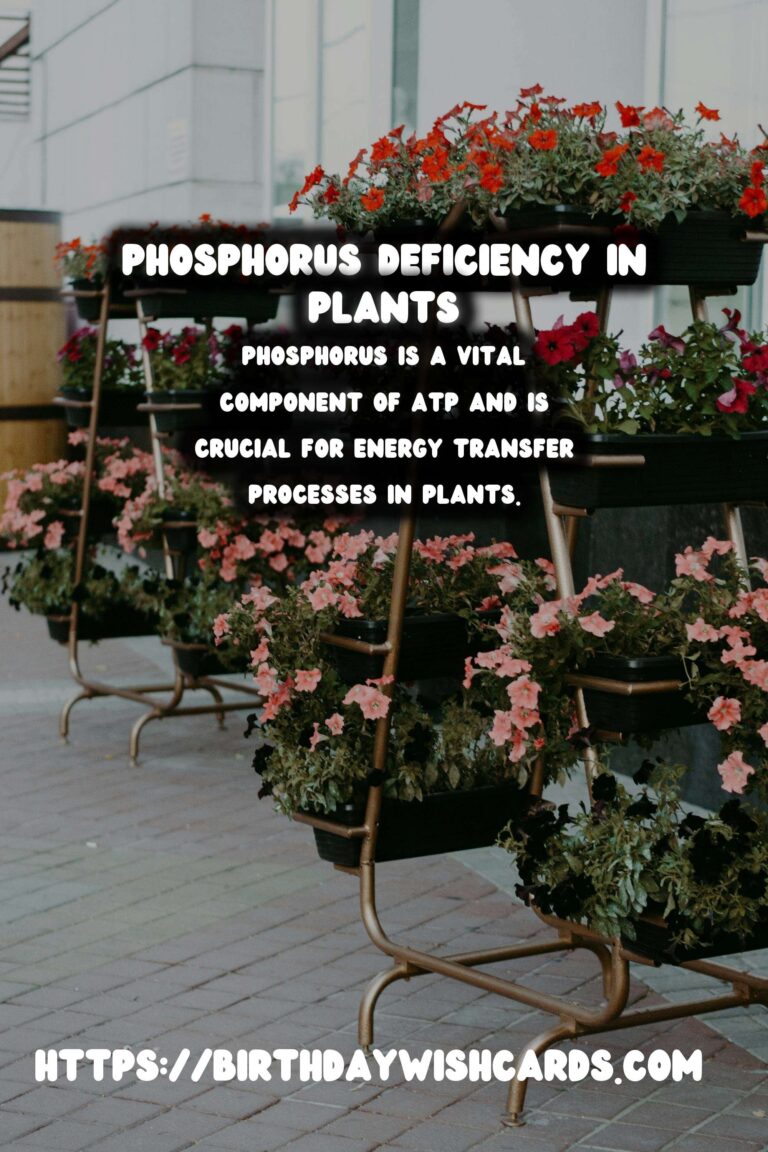
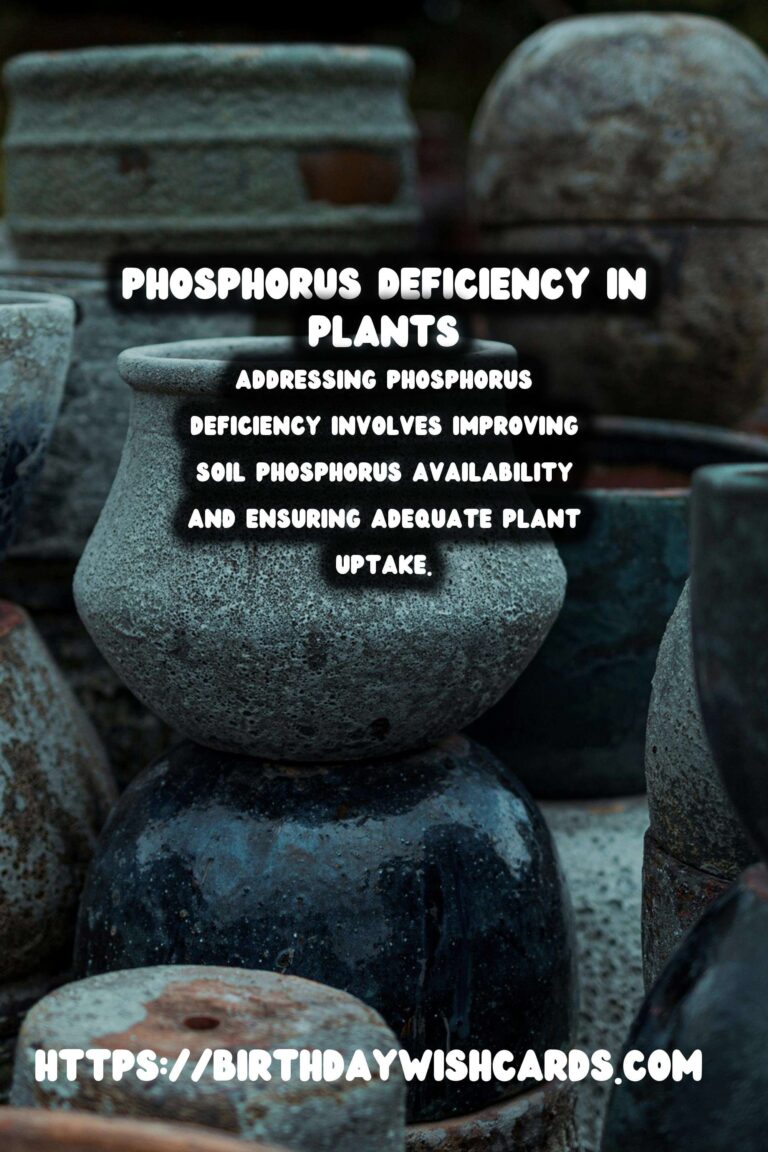
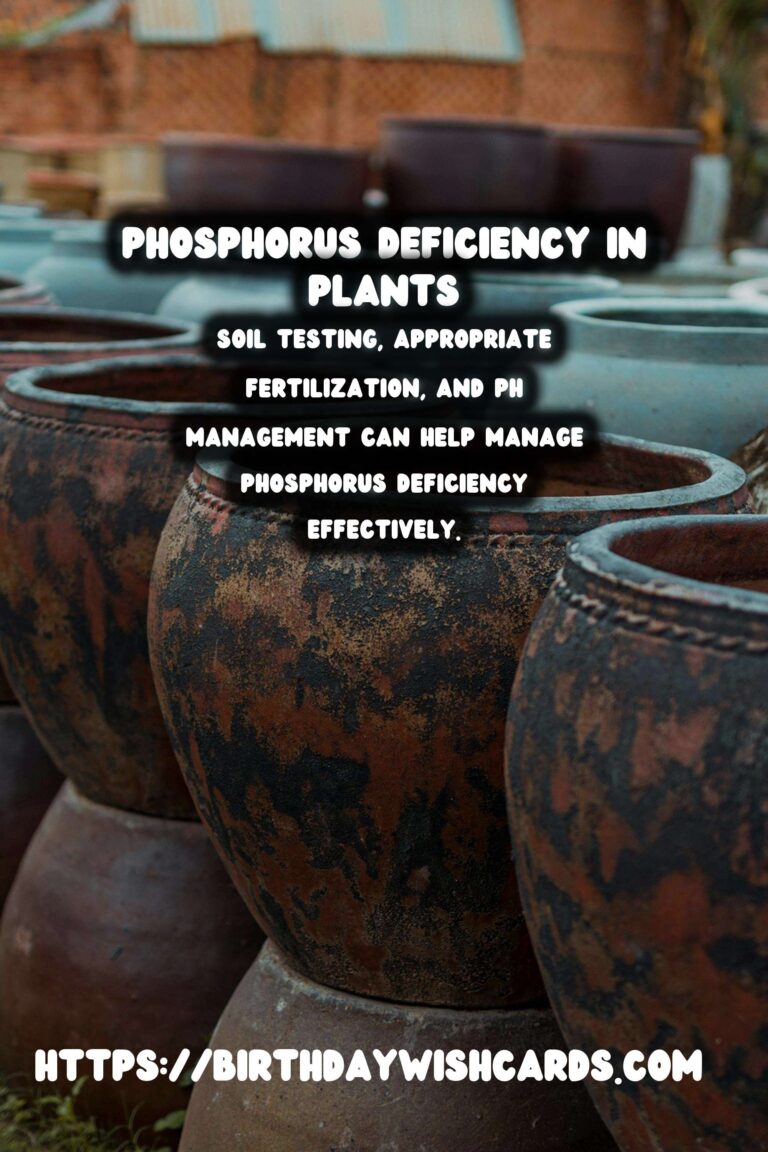
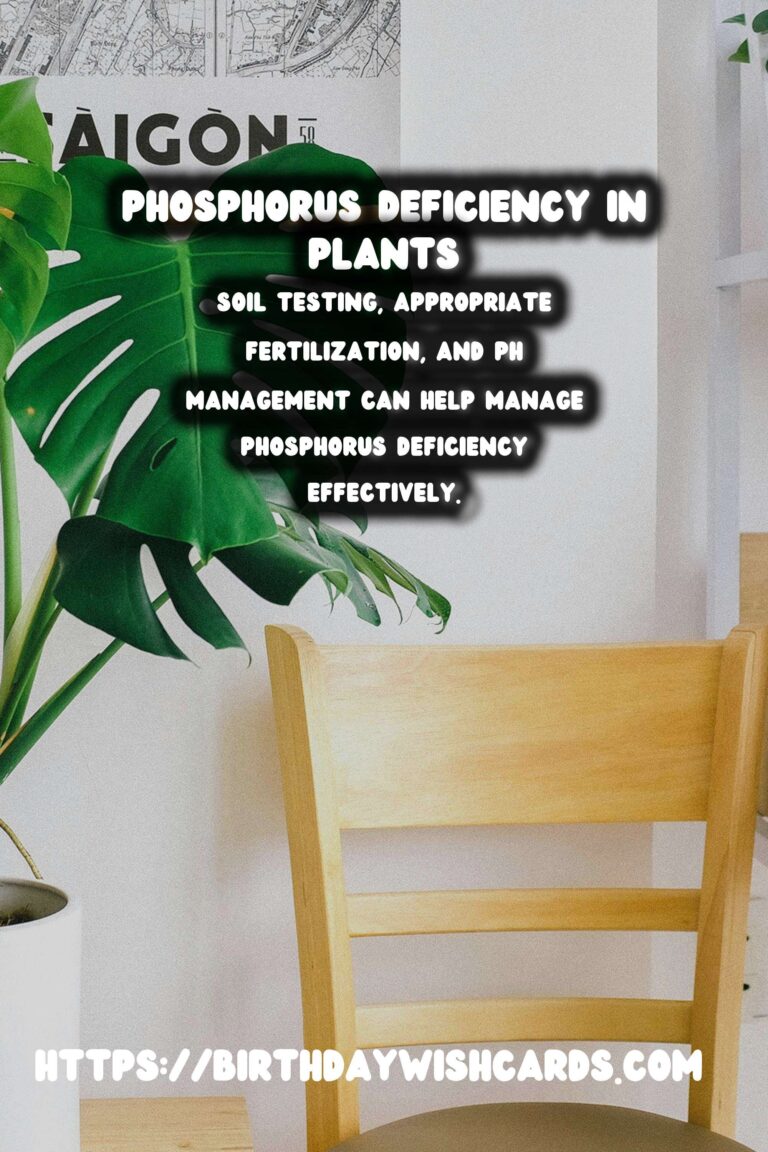
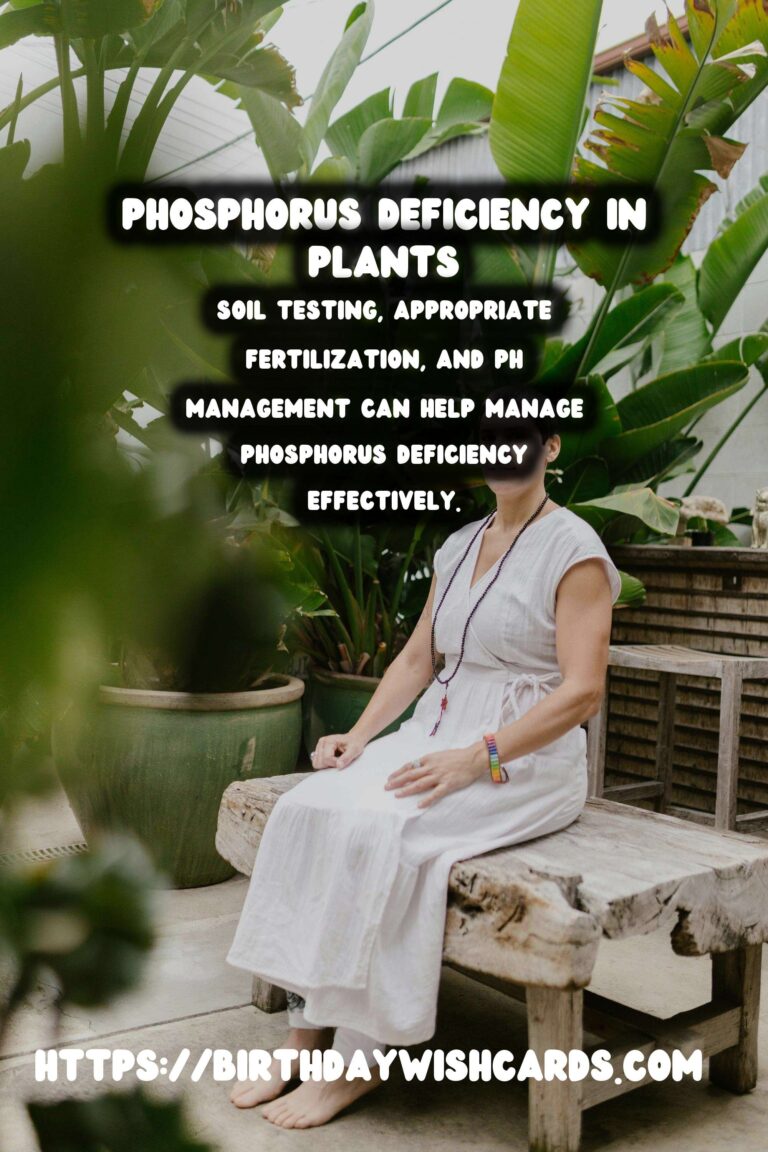
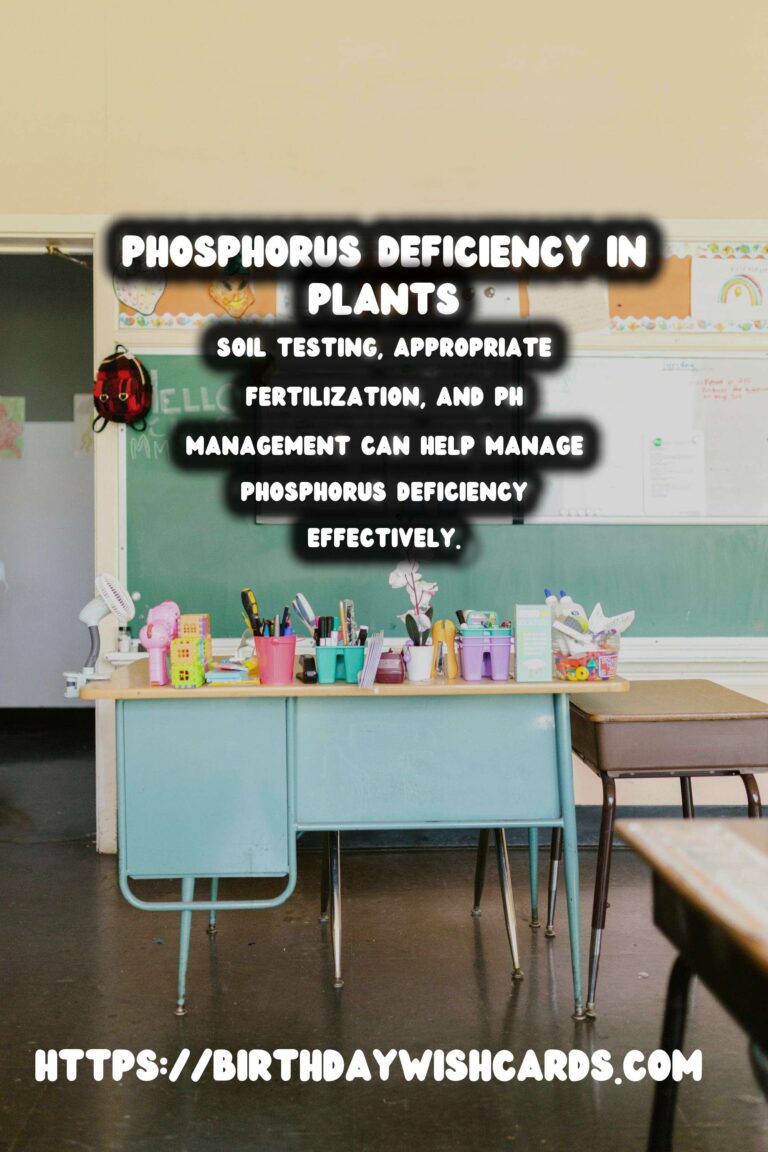
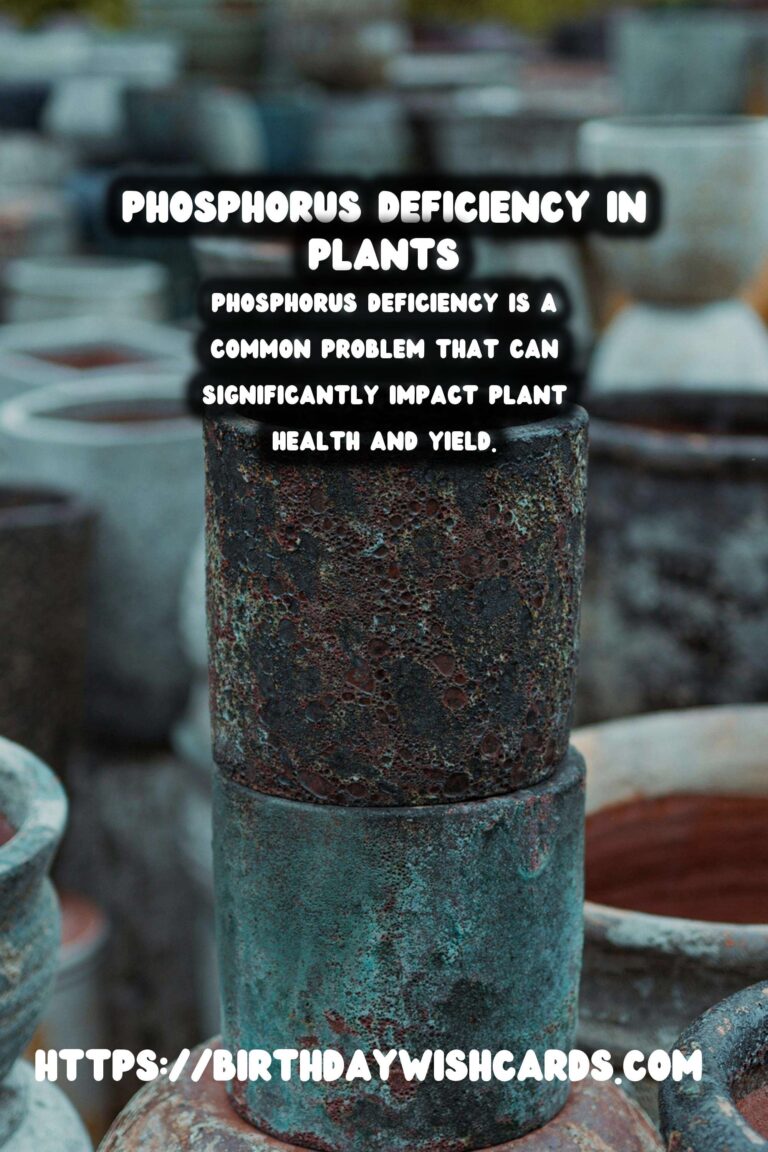
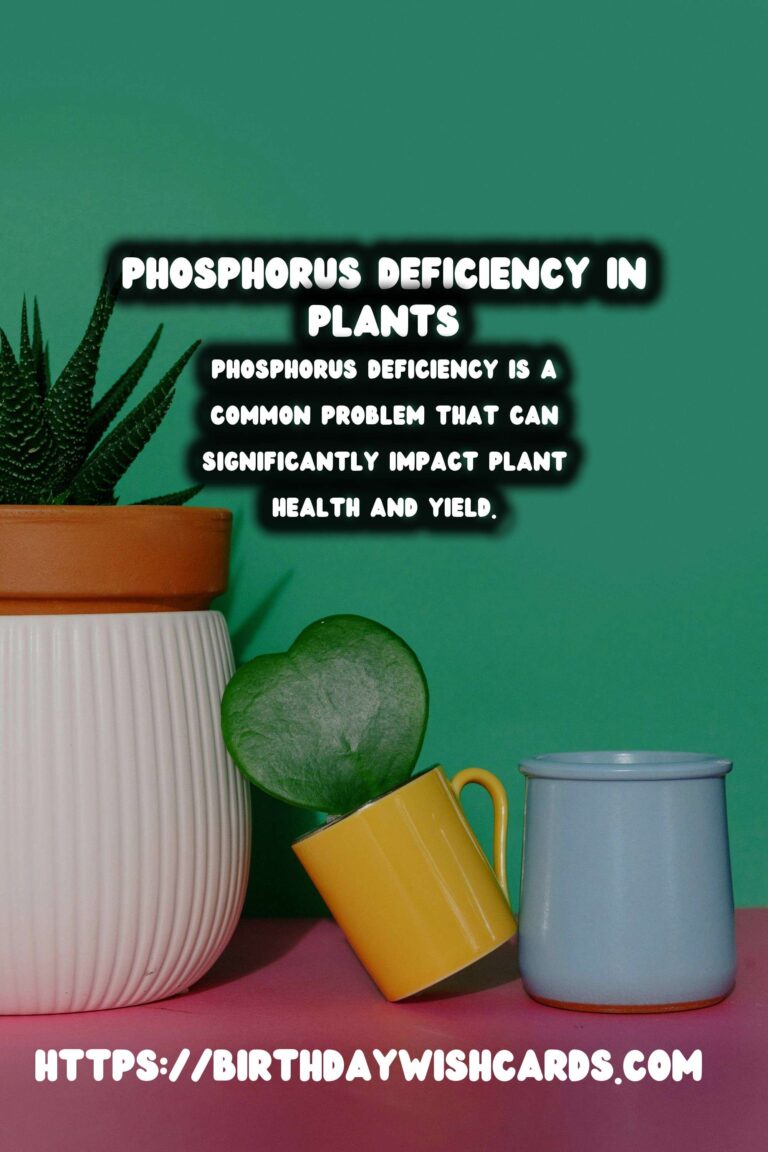
#PhosphorusDeficiency #PlantNutrition #Gardening #SoilHealth




